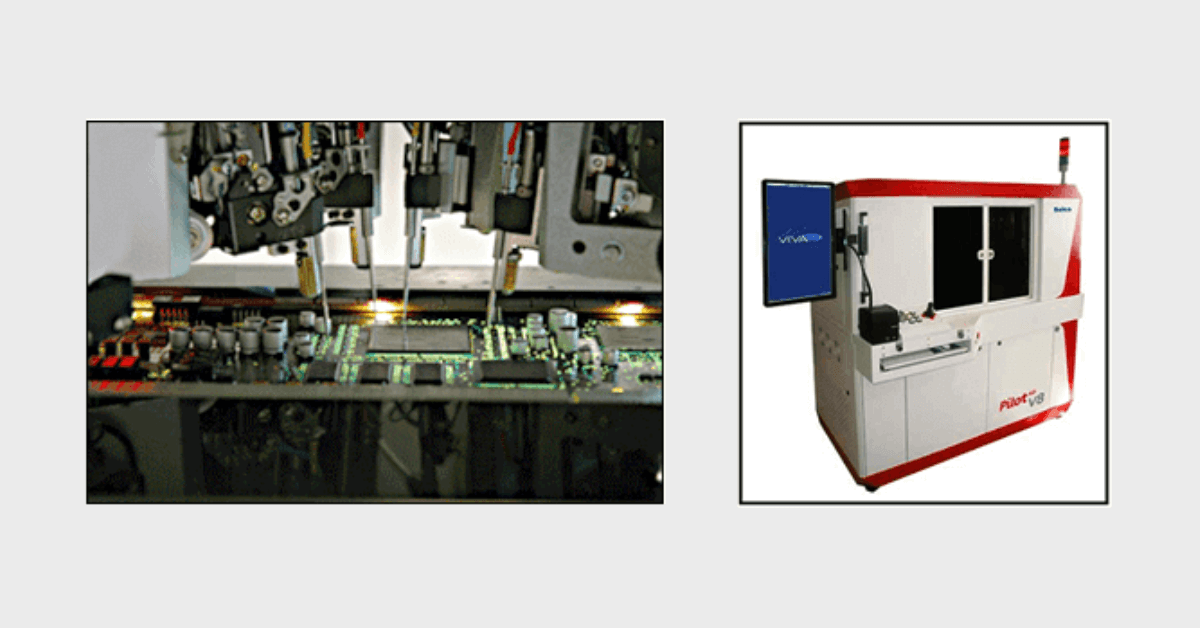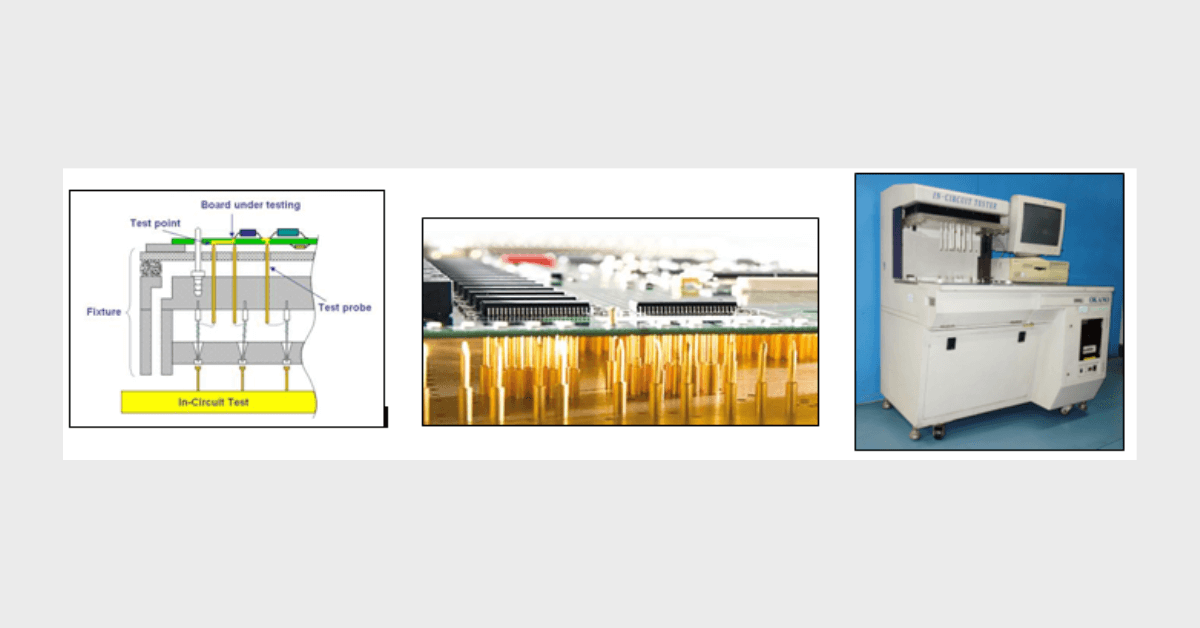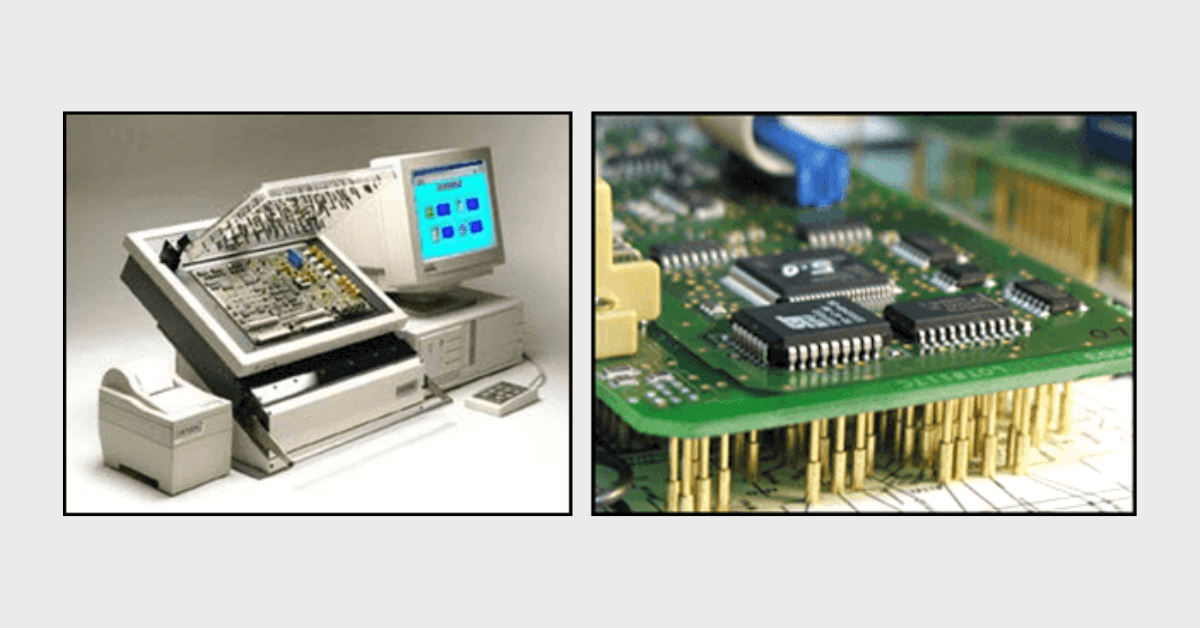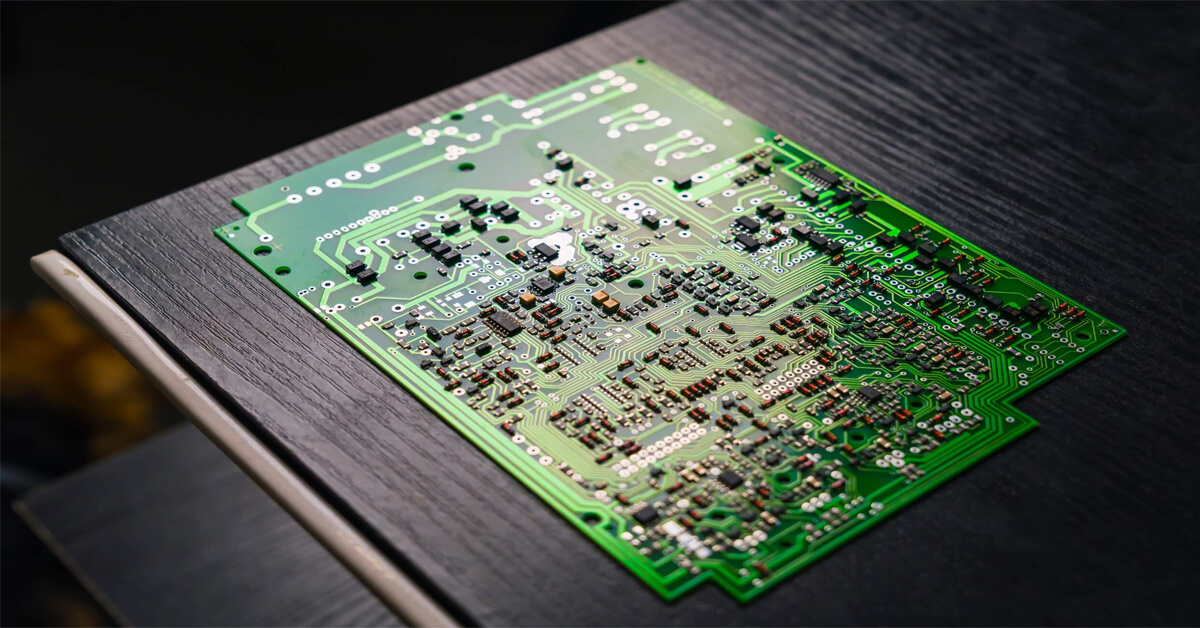
- Admin
- 07Apr
- Testing
PCB Assembly Testing
In-Circuit Testing One of the most powerful and comprehensive tools for printed circuit board test is called, In-Circuit Test (ICT). ICT test equipment uses a bed-of-nails (test probes) to access circuit noes on a board assembly and measure components on an isolated basis. That is, one component at a time, regardless of any other components electrically connected […]

- Admin
- 04Mar
- Testing
Flying Probe In-Circuit Testing
A flying probe tester is an automated test system which some specific advantages for particular applications. The Basics Flying probe testers avoid a custom, unique “bed-of-nails” fixture for a given PCB assembly to access all the required nodes . Rather, the system uses a generic board fixture, and one or more probes moves across the board to […]

- Admin
- 07Feb
- Testing
In-Circuit Testing
Basics of an ICT test system An ICT tester consists of Controller – The controller is a computer to drive the system and run the required software. Switch – Routes the system to the specific area or node of the board to test. Interface – To allow a variety of board fixtures to be placed […]

- Admin
- 07Jan
- Testing
Manufacturing Defect Analyzer (MDA) Testing
A Manufacturing Defect Analyzer (MDA) is a tool that uses in-circuit test techniques to enable the detection of manufacturing defects within a printed circuit board assembly. Since the majority of manufacturing defects are simple connection issues, an MDA is restricted to making measurements of continuity. MDA Basics A MDA tester is based on the condition that the […]
- Admin
- 05Dec
- Electronic Assembly
RF / Bluetooth – Standards Based vs Proprietary Design
For wireless connectivity applications a fundamental decision that needs to be made, is whether to go with a standards based RF interface like Wi-Fi, Bluetooth, or ZigBee, or a proprietary RF design. There are many reasons and tradeoffs to consider, such as cost, security, power consumption, interoperability, design time, and certification requirements. Many of these […]
- Admin
- 06Nov
- Electronic Assembly
Selecting FCC / CE Compliant Wireless Modules
Wireless communication typically use radio waves to communicate over short distances of a few feet to longer distances of many miles (or even up to millions of miles for deep space radio communication). However, techniques also include optical, sonic and electromagnetic induction. Wireless communications involve numerous topologies. There are point-to-point devices using Bluetooth 3.0 and […]
- Admin
- 02Oct
- Electronic Assembly
Non-Disclosure Agreements and Electronic Manufacturing Services
It is commonly expected that there exists an inherent trust built into a solid supplier relationship that extends beyond the quality, price and delivery of your products. There is an expectation that the electronics manufacturer will keep your confidential information safe and secure. Even though it’s sometimes stated that Non-Disclosure Agreements, or NDA’s, are not worth the […]

- Admin
- 04Sep
- Electronic Assembly
PCB Assembly Defects
It’s the goal of all SMT assembler to minimize all solder joint defects. Only through understanding of defect root causes, and their prevention can improvements in product quality be realized and sustained. The top three (3) assembly defects, accounting for up to three quarters of all defects (according to industry statistics) are solder opens, shorts […]
- Admin
- 10Aug
- Electronic Assembly
EMS Assembly – Reflow Profiles
Solder paste composition defines the time/temperature or thermal profile required from a reflow process system. Therefore, as long as a specific solder paste is used, the required thermal profile will remain essentially the same. The EMS Assembly industry typically uses two types of standard reflow profiles—one for leaded solder assembly and the other for lead-free solder. For […]
- Admin
- 09Aug
- PCB
LED Assembly
The growth rate of LED Assembly related technologies has been on an exponential and continuous rise among end-users, developers and manufacturers. The popularity is a result of low energy consumption, high-efficiency, versatility in design and applications, and small dimensions. A variety of companies specialize in the design, manufacture and assembly of systems based on light-emitting diodes (LED), […]
Categories
Recent Posts
- Key Benefits of Artificial Intelligence in the Electronics Industry
- Inspection Hurdles in PCB Assembly Manufacturing
- Important PCB Failure Analysis Techniques
- Common Mistakes in Rigid-Flex PCB Assembly Design and How to Avoid Them
- Advantages & Disadvantages of Electronic Manufacturing Services – India vs China


